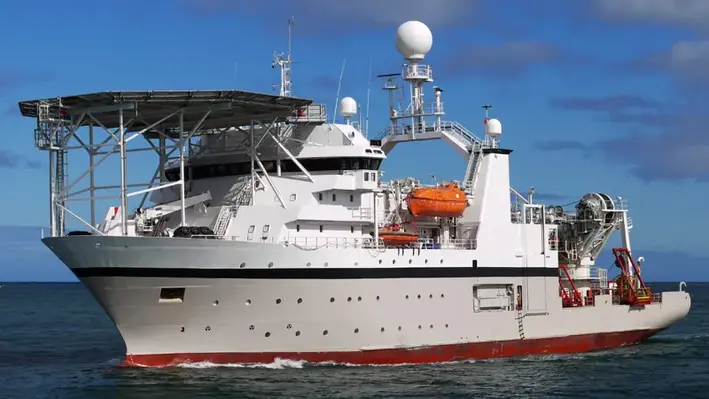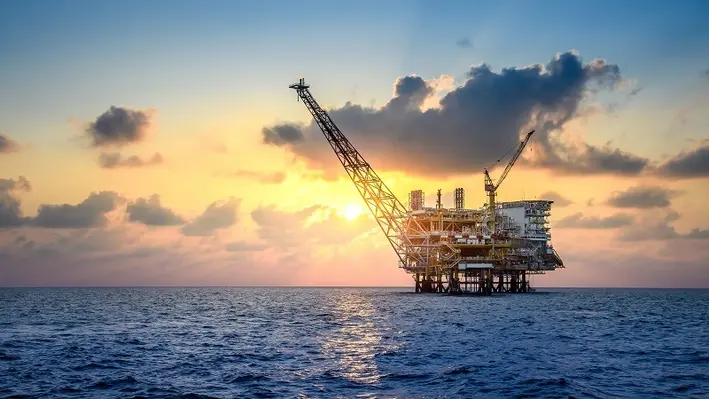 To secure dedicated operations that include routine subsea well interventions or abandonments in the United States Gulf of Mexico over the next five years, a deepwater consortium from the region, HWCG LLC, has entered an agreement with Trendsetter Engineering to upgrade an existing 6-3/8 inch, 15k Trident Open Water Intervention Riser System (OWIRS).
To secure dedicated operations that include routine subsea well interventions or abandonments in the United States Gulf of Mexico over the next five years, a deepwater consortium from the region, HWCG LLC, has entered an agreement with Trendsetter Engineering to upgrade an existing 6-3/8 inch, 15k Trident Open Water Intervention Riser System (OWIRS).
Once upgraded, possibly by the first half of the year, the system will become well equipped for operations in water depths up to 10,000 ft, improving barrier functionality, leaving MUX controls redundant. It will also convert the Trident LRP into a compact, lightweight 15k capping stack.
Previously, HWCG posessed a 20k valve-based capping stack for addressing blowout incidents. It was supported by a 7-inch gate valve designed, qualified and manufactured by Advanced Technology Valve. It came with a rating of 20,000-psi and 350°F. It helped address challenging technical issues within the deepwater environment by improving a well area that was open to flow and also enhanced riser load capability. According to Craig T Castille, the Managing Director of HWCG, the development helped 'improve our full cycle response mission', as part of the consortium's commitment to 'providing a Rapid Response Solution for well containment which minimises potentially severe environmental and economic impacts to the Gulf of Mexico and its stake holders'.
The HWCG came into existence following the unfortunate incident of Deepwater Horizon, bringing together the offshore industry for the greater cause of setting up a prompt and comprehensive response team to address subsea blowout before it leaves an irreplaceable damage to people, property and environment. It's multiple initiatives include a robust Mutual Aid programme, strategic partnerships with vendors and industry experts such as Helix Energy Solutions Group and Trendsetter, to name a few, and conducting crisis exercises and thoughtfully curated drills.
“Our approach to deepwater well containment has always centered on consulting with the industry’s foremost experts while leveraging the best available technology. Our annual drill showcases the vast level of collaboration inherent in our response efforts, which becomes even more critical at full scale,” said former Managing Director of the consortium, David Coatney.
State-of-the-art system
The consortium considers the upgraded system by Trendsetter state-of-the-art, which can also be deployed in the event of a subsea blowout, ruling out the necessity of several critical response modes such as well capping, flowback, well kill, and well intervention. It is known for its cost reduction and efficient well intervention capabilities.
HWCG's Technical Director, Mitch Guinn, and Project Manager, Erik Bristol, has worked alongside Trendsetter to tailor the upgraded system for routine operations and source control response, ensuring seamless integration with the venture's existing capping stacks. “HWCG is committed to providing its members with access to superb technology from extremely capable service providers. The Trident OWIRS system and our agreement with Trendsetter are emblematic of HWCG’s strategy to utilise equipment which is routinely operated in the US GoM. This strategy reduces operational risks during a response by improving worker confidence through repetition,” said Castille.
To know more about the global well intervention scene, click here.




